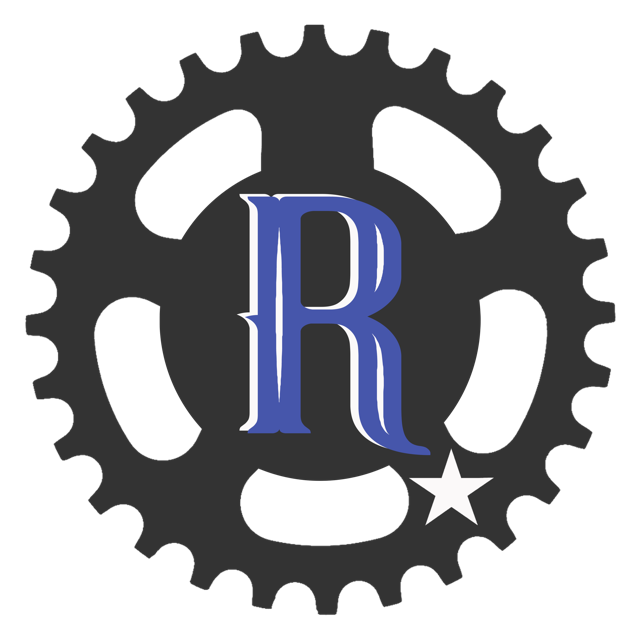Common Rehab Techniques
Foam Roller Exercises (Upper & Lower Body)
Foam Roller Exercises are designed to release muscle tension and improve the flexibility of specific muscles of the pelvis, thigh and lower leg. When performed correctly, these Foam Roller Exercises can be used for effective self- massage or muscle release techniques, simulating the effects of a sports massage.

At The Rehab, we will teach you the Foam Roller Exercises that you will need to address your specific issues.
- Gluteal Release
- Hip Flexor Release
- ITB Release
- Calf release
- Supine Thoracic / Lumbar roll while holding core
- Latissimus Dorsi Release
- Rotator Cuff Release
Kettlebell Exercises (Upper & Lower Body)
The following Kettlebell exercises are designed to improve the strength of the muscles of the lower body. You should discuss the suitability of these exercises with your doctor prior to beginning them. Generally, they should only be performed provided they do not cause or increase pain.
Cardiovascular Exercise
What is Cardiovascular Exercise?
Cardiovascular exercise is any form of physical activity that elevates an individual’s heart rate (usually to around 60 – 85% of their maximum heart rate) for a sustained period of time (usually greater than 20 minutes). Cardiovascular exercise (also known as aerobic exercise) is a vital component of general fitness and has numerous health benefits.
The trainers at The Rehab will help you to achieve the maximum cardiovascular benefit from your exercise regime and ensure you experience definite improvement in your level of cardiovascular fitness.
From an injury perspective, cardiovascular exercise is usually safe to perform provided it does not cause or increase pain during exercise or after exercise with rest (e.g. the next night or upon waking the following morning). You should discuss the suitability of any new exercise regime with your chiropractor or therapist prior to beginning.
Benefits of Cardiovascular Exercise
Some of the main health benefits associated with the performance of regular cardiovascular or aerobic exercise at an appropriate intensity and duration include:
- Reduced blood pressure
- Reduced cholesterol levels
- Reduced risk of developing coronary artery disease
- Reduced risk of heart attack or stroke
- Increased bone density
- Increased muscular endurance and strength
- Improved joint function
- Aid weight loss and reduction in body fat
- Increased metabolic rate
- Reduced likelihood of developing type II diabetes
- Reduced risk of developing some cancers
- Improved activity tolerance
- Reduced injury likelihood during other physical activities
- Promotion of psychological well-being
Types of Cardiovascular Exercise at The Rehab
Any form of physical activity can be considered cardiovascular or aerobic exercise provided it elevates the heart rate sufficiently and for the required period of time. Some of the more common types of cardiovascular exercise include:
- Concept 2 Rowers
- ROGUE Assault Air bikes
- Concept 2 Skier
- Woodway Treadmill
- Jump roping
- HIT exercises
- Battle ropes
Balance Exercises at The Rehab
At the Rehab, we use balance exercises to improve your balance and proprioception (joint position awareness). This is important to improve your ability to regulate shifts in your body’s center of gravity while maintaining control. Balance exercises have been shown scientifically to prevent injury and are an important component of rehabilitation following lower limb injury. It is important to discuss the suitability of these exercises with your physiotherapist prior to commencing them.
- Basic Balance Exercises
- Single Leg Balance
- Single Leg Balance on Pillow
- Walking Heel Toe
- Stability Plate / Vibe Plate
Basic Swiss Ball Exercises
At the Rehab we also use Swiss Ball Exercises to improve strength, core stability, balance and posture.
- Swiss Ball Sitting Leg Lifts
- Swiss Ball Squats
- Swiss Ball Prone Single Leg Lifts
- Swiss ball pelvis rotations
Postural Exercises
The postural exercises are frequently prescribed in clinical practice to improve posture (particularly of the neck and upper back). Many of these exercises can also be used to help prevent posture related injuries by giving the body a break from poor postural positions during everyday activities. Optimal posture is an important component of injury prevention and athletic performance.
In general, optimal posture can be obtained by sitting or standing tall with your shoulders back and your chin tucked in as far as possible (ensuring your eyes and nose are facing forwards) and then relaxing a little (approximately 10 – 20%). Another good way of obtaining optimal posture is standing with your back to a wall with your heels, buttocks, shoulders and head in contact with the wall (eyes and nose facing forwards), then trying to maintain this posture with minimal muscular effort during everyday activities (such as sitting, driving, computer use, house work, sleeping etc.).
Initial Exercises
- 4 way cervical stretches
- Cervical isometric exercises
- Shoulder Blade Squeezes
- Chin Tucks
- Extension over Chair
- Thoracic Extension
- Pectoral / shoulder stretches
Basic Cervical Stretches
